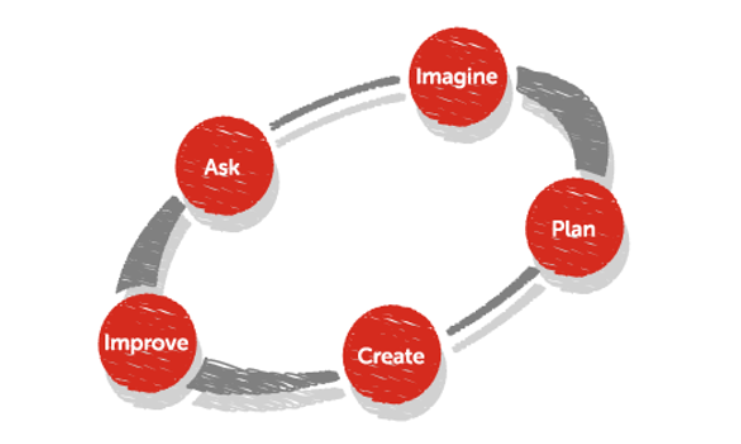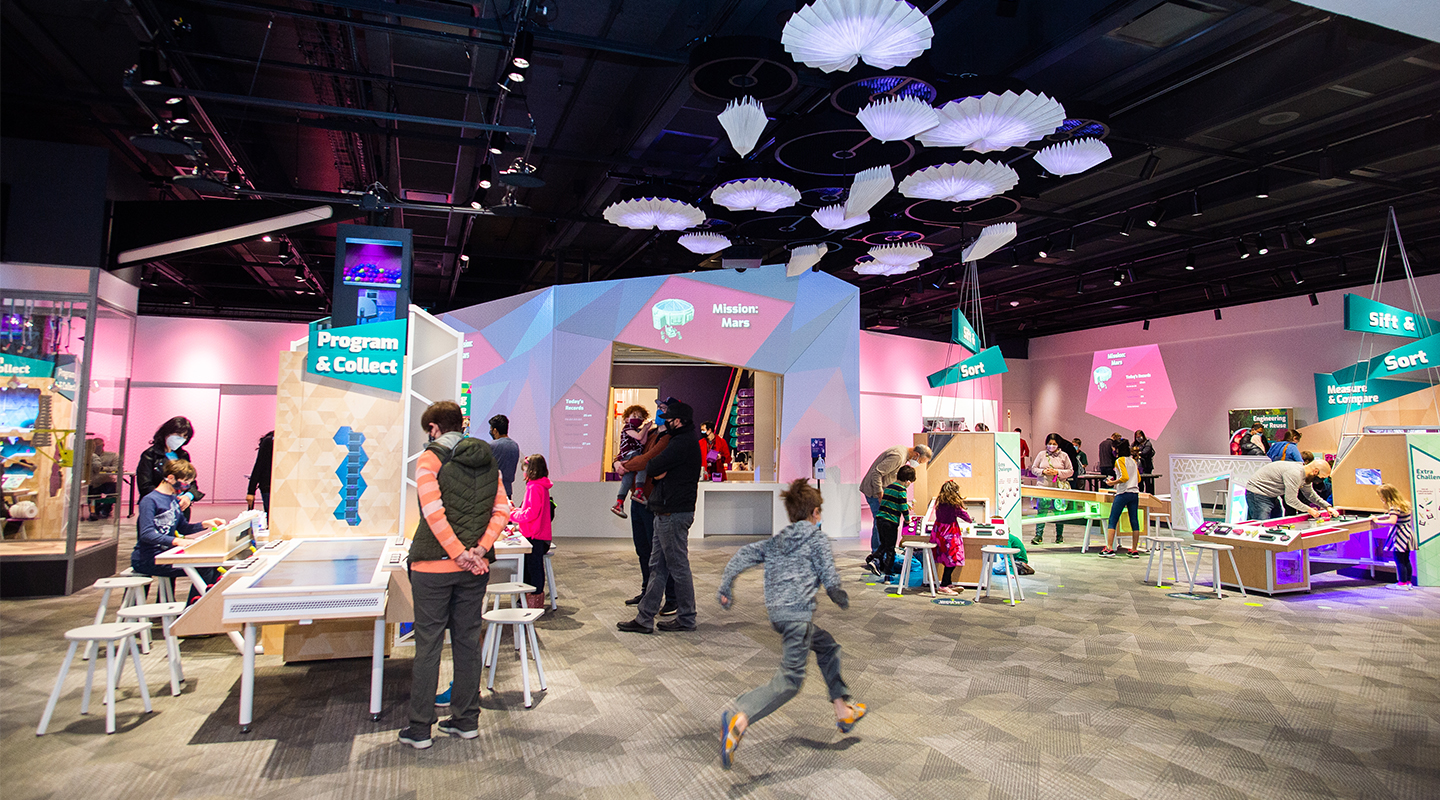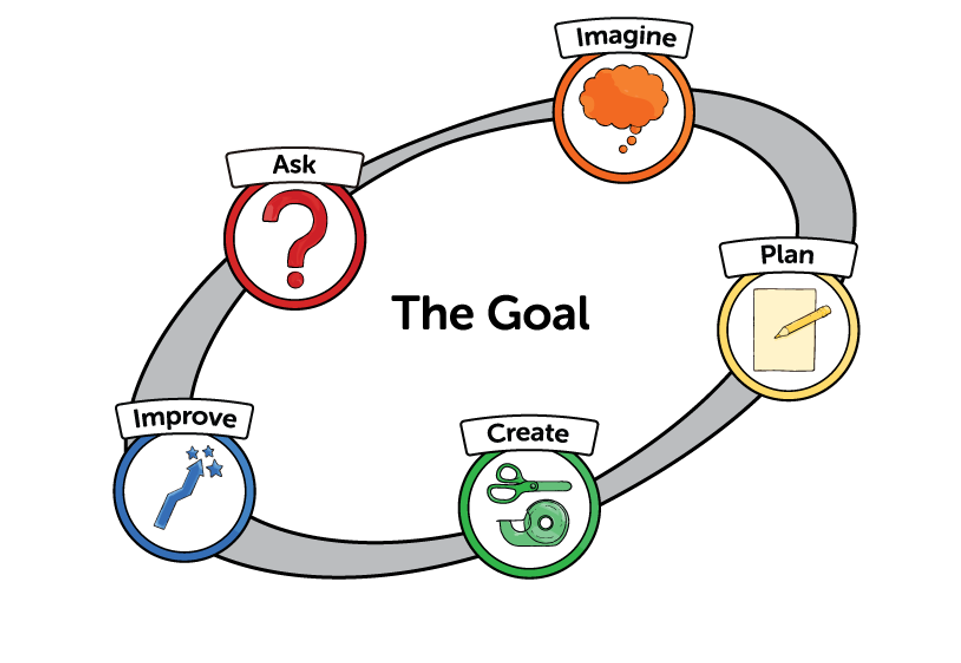In partnership with Ina Heafitz, we are thrilled to announce that EiE® professional development and STEM classroom resources are being used to support the teachers and students of Hope Girls and Boys School in Arusha, Tanzania.
Engineering Habits of Mind | Early Childhood STEM Education | Engineering Design Process | Create a Generation of Problem Solvers | Thursday, July 15
3 Ways We Use the Engineering Design Process Everyday
The Engineering Design Process was designed with elementary engineers in mind, but did you know it's useful outside the STEM classroom? When used as a problem-solving tool, the EDP process: Ask, Imagine, Plan, Create, and Improve can be used for just about any question your learners come across!
Engineering Everywhere | Early Engineering | Engineering Design Process | Create a Generation of Problem Solvers | EiE for Families | Museum of Science | Friday, May 21
Exploring an Engineering Career with the Engineering Design Workshop: Powered by MathWorks
Ever wondered what kind of career your learners could pursue with an engineering education? Has your student demonstrated skills with problem solving and creative thinking? It might be time to visit our newest exhibit at the Museum of Science!
EiE Resources for Teachers | EiE Teaching Tips | Engineering is Elementary | Engineering Design Process | Create a Generation of Problem Solvers | STEM Implementation | Friday, November 27
What is the Engineering Design Process?
One of the core elements we consider when designing STEM activities for our learners is the Engineering Design Process, or EDP. The process is a set of steps that guide us - or any professional engineer, scientist or mathematician - through solving a problem. But what do each of the steps really mean?
Engineering is Elementary | Engineering Design Process | STEM Implementation | Tuesday, September 11
How a STEAM Lab Breathed New Life into a Small Town District
This year, the students at Tabernacle Elementary School in Tabernacle, New Jersey are experiencing something brand new—they’re solving problems and exploring new challenges in a hands-on, collaborative STEAM environment called the Collaboratory. Since the Collaboratory has opened, students have thrived with project-based learning and the Tabernacle community has come together to support the common goal of helping kids develop 21st century skills. Collaboratory teacher Brittany Murro says, “When we started this, we thought, it’s the first year, we’ll just take things a day at a time and see where they go. But it has gone above and beyond what I think any of us expected for the first year of a new program like this.”












